Home>Garden Essentials>When To Seed Wildflowers
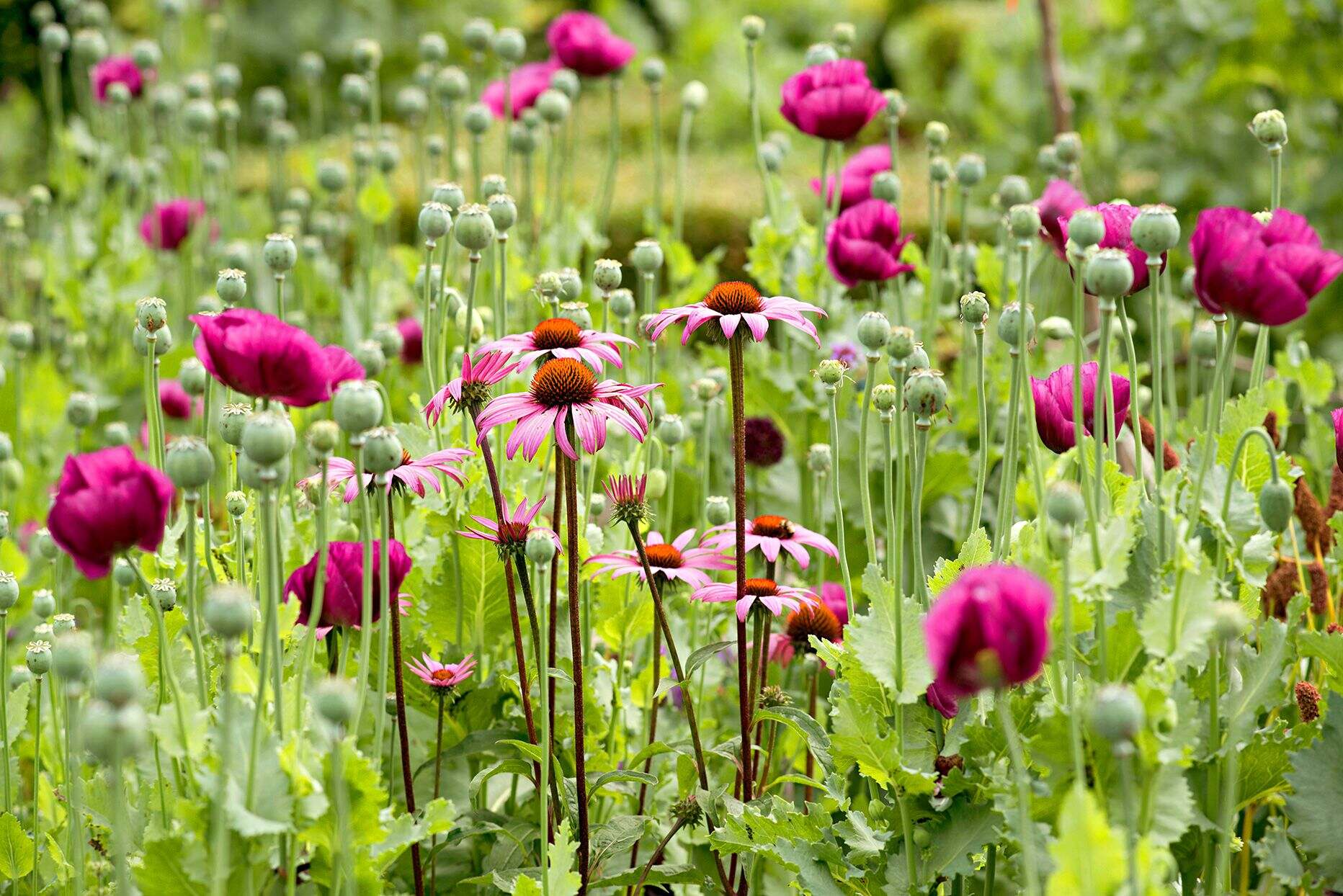

Garden Essentials
When To Seed Wildflowers
Modified: October 20, 2024
Looking to add some color to your garden? Learn when to seed wildflowers and transform your garden into a vibrant, blooming paradise.
(Many of the links in this article redirect to a specific reviewed product. Your purchase of these products through affiliate links helps to generate commission for Storables.com, at no extra cost. Learn more)
Introduction
Seeding wildflowers can be a rewarding and environmentally friendly way to enhance your garden or landscaping. Not only do wildflowers add beauty and color to your outdoor space, but they also provide numerous benefits for the ecosystem. Whether you are a seasoned gardener or a novice looking to explore the world of gardening, seeding wildflowers can be a great addition to your gardening repertoire.
Wildflowers are native plants that have adapted to the local climate and soil conditions. Unlike their cultivated counterparts, wildflowers are hardy and resilient, requiring minimal maintenance once established. By choosing to seed wildflowers, you are not only creating a picturesque garden but also promoting biodiversity and supporting pollinators such as bees, butterflies, and birds.
Before embarking on your wildflower seeding journey, there are a few key factors to consider. Understanding these factors will help you choose the right time to seed, select the appropriate wildflower species, and implement proper seeding techniques. In this article, we will delve into these factors and guide you through the process of seeding wildflowers.
Key Takeaways:
- Seeding wildflowers in spring or fall promotes biodiversity, sustainability, and cost-effectiveness. It also offers educational opportunities and creates a visually stunning garden with minimal maintenance.
- When seeding wildflowers, consider climate, soil, sunlight, and water. Choose the right time to seed and care for the seedlings by watering, weeding, and monitoring for pests and diseases.
Read more: When Should I Plant Wildflower Seeds
Benefits of Seeding Wildflowers
Seeding wildflowers not only adds vibrant colors and visual appeal to your garden, but it also brings a host of benefits to both the environment and your local ecosystem. Here are some of the advantages of seeding wildflowers:
- Biodiversity: Wildflowers attract a wide array of pollinators, such as bees, butterflies, and hummingbirds. These pollinators play a crucial role in the reproduction process of plants and help maintain a diverse plant population.
- Conservation of Native Species: By seeding wildflowers, you are promoting the growth and preservation of native plant species. Native plants are adapted to the specific soil and climate conditions of your region, making them more resilient and less invasive compared to non-native species.
- Sustainability: Wildflowers require minimal water, fertilizers, and pesticides once established. This reduces your water usage and minimizes the need for synthetic chemicals, making it an eco-friendly choice for your garden.
- Soil Health: Wildflowers have deep root systems that help improve soil structure and prevent erosion. Their roots also help to increase organic matter in the soil and enhance its water-holding capacity.
- Cost-effectiveness: While seeding wildflowers may require an initial investment in seeds and soil preparation, they typically require less maintenance and fewer inputs in the long run. This can result in cost savings compared to traditional garden beds or lawns.
- Aesthetic Appeal: Wildflowers offer a natural and effortless beauty to any landscape. Their diversity of colors, shapes, and heights can create a stunning visual display, adding texture and interest to your garden.
- Educational Opportunities: Seeding wildflowers can provide learning opportunities for both adults and children. Observing the interactions between pollinators and wildflowers can be a fascinating experience and can help foster a deeper appreciation for the natural world.
Seeding wildflowers not only benefits your garden but also contributes to the larger conservation efforts and the well-being of the planet. By taking the simple step of incorporating wildflowers into your landscape, you can make a positive impact on the environment and enjoy the numerous rewards that come with it.
Factors to Consider before Seeding
Before you start seeding wildflowers, there are a few important factors to consider to ensure successful growth and establishment. These factors will help you make informed decisions regarding the timing, species selection, and preparation of your garden bed. Here are some key considerations:
- Climate: Wildflowers have specific climate preferences, so it’s essential to choose species that are suitable for your region. Consider factors such as average temperature, rainfall patterns, and frost dates. Research and select wildflower species that are native or adapted to your climate for the best chances of success.
- Soil Conditions: Understanding your garden’s soil composition is crucial when seeding wildflowers. Most wildflowers prefer well-drained soil with a pH range of 5.5 to 7.5. Conduct a soil test to determine the pH level and nutrient content of your soil. If necessary, amend the soil with organic matter or appropriate amendments to create optimal conditions for wildflower growth.
- Sunlight: Wildflowers generally thrive in areas with full sun exposure. Take note of the sunlight patterns in your garden, including areas of shade or partial shade. Select wildflower species that are suitable for the light conditions to ensure they receive the necessary amount of sunlight for healthy growth.
- Competition from other Plants: Consider the presence of existing vegetation in your garden area. Competition from turf grass, weeds, or other plants can hinder the establishment of wildflowers. Remove any existing vegetation by hand-pulling or using appropriate herbicides before seeding.
- Timing: Choosing the right time to seed wildflowers is crucial for successful germination and establishment. Spring and fall are the optimal times for seeding, depending on your climate. Spring seeding promotes early growth and establishment, while fall seeding allows the seeds to overwinter and germinate when weather conditions are favorable.
- Water Availability: Wildflowers require adequate water during the germination and establishment phase. Consider the water availability in your garden, whether through natural rainfall or irrigation methods. Ensure that your wildflowers receive sufficient water in the early stages to encourage strong root development.
By considering these factors, you can set the stage for successful wildflower seeding. Understanding the unique requirements of wildflowers will help you make informed decisions and create an environment that is conducive to their growth and flourishing.
Best Time to Seed Wildflowers
The timing of when to seed wildflowers is crucial for their successful germination and establishment. The ideal time to sow wildflower seeds can vary depending on your climate and the specific species you plan to grow. In general, there are two optimal periods for seeding wildflowers: spring and fall. Let’s explore these seasons in more detail:
Spring Seeding
Spring is a popular time for seeding wildflowers. As the temperatures begin to warm up and the soil thaws, it provides favorable conditions for seed germination and early growth. Here are some advantages and considerations for spring seeding:
- Early Growth: Seeding in the spring allows the wildflowers to take advantage of the longer growing season. The seeds have ample time to establish roots and develop before the heat of summer.
- Moisture Availability: Spring often brings increased rainfall, providing natural moisture for the germinating seeds. This reduces the need for supplemental watering during the early stages of growth.
- Competing Vegetation: Spring seeding gives the wildflowers a head start over weeds and competing plants that may emerge later in the season.
However, keep in mind that spring seeding may require regular watering if rainfall is insufficient. It is crucial to ensure that the soil remains consistently moist during the germination and early growth stages.
Read more: When To Seed Wildflower In Houston
Fall Seeding
Fall is another optimal time for seeding wildflowers. The cooler temperatures and shorter days create favorable conditions for seed establishment. Here are some advantages and considerations for fall seeding:
- Overwintering: Fall-seeded wildflower seeds have the advantage of overwintering, which can break dormancy and improve germination rates. The seeds lie dormant during the winter and start germinating as temperatures warm up in spring.
- Natural Winter Stratification: Some wildflower species require a period of cold stratification to break seed dormancy and encourage germination. Fall seeding allows the seeds to naturally undergo this cold stratification process during winter months.
- Reduced Competition: Fall-seeded wildflowers have less competition from weeds and other plants, as many annual weeds have already completed their lifecycle by this time.
However, fall seeding may require supplemental watering, especially if there is insufficient rainfall. Water the newly seeded area and keep the soil moist to promote germination before the onset of winter.
Remember, the best time to seed wildflowers can vary depending on your specific location and climate. It’s essential to research and select wildflower species that are well-adapted to your region and follow the recommended seeding guidelines for each species. By timing your seeding correctly, you give your wildflowers the best chance to establish and thrive in your garden.
Spring Seeding
Spring is an optimal time to seed wildflowers as the weather begins to warm up and the soil thaws. This season offers favorable conditions for germination and early growth, giving your wildflowers a head start. Here are some important considerations and tips for successful spring seeding:
- Timing: The ideal time for spring seeding is when soil temperatures reach around 55 to 60 degrees Fahrenheit (12 to 15 degrees Celsius). This usually occurs when the danger of frost has passed and soil is workable, typically in late winter or early spring.
- Soil Preparation: Prepare the soil before seeding by removing any weeds, rocks, or debris. Loosen the top layer of soil with a rake or garden fork to create a loose, fine seed bed. Avoid excessive tilling, as it can disturb the soil structure and promote weed growth.
- Seed Selection: Choose wildflower species that are well-suited to your climate and growing conditions. Consider factors such as sunlight requirements, soil type, and moisture needs. It’s best to choose a diverse mix of wildflowers to create an attractive and resilient display.
- Seeding Method: There are several methods for sowing wildflower seeds. One common approach is to mix the seeds with a carrier material, such as sand or vermiculite, to help distribute them evenly. Broadcast the seed mixture over the prepared soil, aiming for even coverage. Lightly rake the soil to ensure good seed-to-soil contact without burying the seeds too deep.
- Watering: After seeding, water the area gently but thoroughly. The goal is to keep the soil moist, but not saturated, during the germination and early growth stages. Monitor the moisture levels and water as needed, especially during dry spells or when rainfall is scarce.
- Maintenance: As the wildflowers begin to sprout and grow, monitor them regularly for any signs of pests, diseases, or competition from weeds. Remove any weeds that emerge and avoid using herbicides that could harm the wildflowers. Depending on the specific wildflower species you have chosen, you may need to provide supplemental water during dry periods until the plants become established.
Spring-seeded wildflowers often bloom in the summer, creating a vibrant and colorful display in your garden. The early establishment period is crucial for their long-term success, so providing the necessary care and attention during this time is essential. With proper planning and maintenance, you can enjoy a beautiful and thriving wildflower garden.
Fall Seeding
Fall is an excellent time for seeding wildflowers, as the cooler temperatures and shorter days create favorable conditions for seed establishment. By seeding in the fall, your wildflowers can take advantage of the dormant winter period and emerge strong and healthy in the spring. Here are some essential tips for successful fall seeding:
- Timing: Aim to seed your wildflowers in the late summer or early fall, at least 6 to 8 weeks before the first anticipated frost. This timing allows the seeds to undergo a period of cold stratification during the winter, which can enhance germination rates and promote strong root development.
- Soil Preparation: Prepare the soil by clearing away any existing vegetation and loosening the top layer with a rake or garden fork. This will create a suitable seedbed for your wildflowers. Avoid overworking the soil, as excessive tilling can disrupt its structure and promote weed growth.
- Seed Selection: Choose wildflower species that are well-suited to your specific region and growing conditions. Consider factors such as sunlight requirements, soil type, and moisture needs. Opt for a diverse mix of species to create a visually appealing and resilient wildflower meadow.
- Seeding Method: There are various ways to sow wildflower seeds in the fall. One common approach is to mix the seeds with a carrier material, such as sand or vermiculite, to aid in even distribution. Broadcast the seed mixture over the prepared soil, aiming for uniform coverage. Lightly rake the soil to ensure good seed-to-soil contact without burying the seeds too deeply.
- Watering: After seeding, gently water the area to moisten the soil. Fall often brings increased rainfall, which can further aid in seed germination. However, if rainfall is scarce, continue to monitor soil moisture and provide supplemental watering if necessary to keep the soil consistently moist until winter sets in.
- Maintenance: As the wildflowers begin to grow, keep an eye out for any competing weeds and remove them promptly. Minimize the use of herbicides, as they can potentially harm your young wildflowers. Once the plants become established, they will be more resilient to weed competition.
- Overwintering: Allow the seeds to overwinter naturally in the soil. As temperatures drop, the seeds will undergo a period of dormancy, and when warmer spring temperatures arrive, germination will occur. Ensure that the seeded area is not disturbed during the winter months.
Fall-seeded wildflowers will often bloom in the following spring and continue to provide beauty and habitat for pollinators throughout the growing season. By taking advantage of the favorable fall conditions, you can establish a vibrant and flourishing wildflower meadow in your garden.
Seeding Methods
When it comes to seeding wildflowers, there are various methods you can choose from depending on the size of your planting area, the seed mixture, and your personal preferences. Here are some common seeding methods to consider:
Read more: When Is The Wildflower Event In The Smokies
Hand Broadcasting
This method is suitable for smaller areas or when you want to target specific spots within a larger area. Simply mix the wildflower seeds with a carrier material like sand or vermiculite to help with even distribution. Hold the mixture in your hand and walk across the planting area, using a sweeping motion to scatter the seeds evenly. Afterward, gently press the seeds into the soil with your hand or a rake to ensure good seed-to-soil contact.
Overseeding
If you already have an existing lawn or meadow and want to incorporate wildflowers into it, overseeding is a suitable method. Mow the existing vegetation short and remove any debris. Then, spread the wildflower seeds over the area using a broadcast spreader or by hand. Rake the seeds lightly to incorporate them into the soil surface. Adequate soil contact is important for germination, so consider using a slit seeder or aerator to create small openings in the soil before overseeding.
Hydroseeding
Hydroseeding is a popular method for large-scale wildflower seeding projects. It involves mixing the seeds with a hydroseeding mulch material and a tackifier to create a slurry. This slurry is then sprayed onto the planting area using specialized equipment. Hydroseeding provides good seed-to-soil contact and helps retain moisture, which can enhance seed germination and establishment.
Drill Seeding
Drill seeding is commonly used for larger areas or when working with heavier soils. A seed drill or a mechanical seeder is used to create furrows in the soil, deposit the seeds at the desired depth, and cover them with soil. This method ensures precise seed placement and good soil contact, promoting successful germination and establishment.
Read more: When Is Wildflower Season In Pennsylvania
Laying Mats or Pellets
In areas where soil erosion is a concern, you can use pre-seeded mats or pellets. These products consist of a biodegradable mat or pellet that contains a mixture of seeds. Simply lay the mats or scatter the pellets over the prepared soil, ensuring good soil contact. They provide protection to the seeds and help retain moisture, improving germination rates.
Regardless of the seeding method you choose, it’s important to follow the specific instructions provided by the seed manufacturer. This will ensure that you are using the correct seed-to-soil ratio and implementing the best approach for your specific wildflower mix. By selecting the right seeding method and properly preparing the soil, you can increase the chances of successful germination and establishment for your wildflowers.
Caring for Newly Seeded Wildflowers
Caring for newly seeded wildflowers is essential to ensure their successful establishment and long-term growth. Proper care during the early stages will help the seedlings develop strong root systems and become resilient to various environmental conditions. Here are some important tips for caring for newly seeded wildflowers:
Watering
Consistent and adequate watering is crucial for the germination and early growth of wildflower seedlings. After seeding, keep the soil moist by watering gently and regularly. The goal is to keep the soil evenly moist, but not waterlogged, to prevent rotting of the seeds or seedlings. Monitor the moisture levels and adjust your watering schedule accordingly, especially during dry spells or when rainfall is scarce. As the seedlings establish, gradually reduce the frequency of watering but ensure that they receive enough moisture to develop strong root systems.
Weed Control
Preventing the growth of weeds is important to reduce competition for nutrients, water, and sunlight. Keep a close eye on the newly seeded area and remove any weed seedlings as soon as they appear. Hand-pull the weeds carefully, taking care not to disturb the young wildflowers. Avoid using herbicides during this early stage, as they can harm the delicate seedlings. As the wildflowers grow and mature, they will outcompete the weeds and help maintain a healthy and weed-free environment.
Read more: When Is Montana Wildflower Season
Mowing and Trimming
When the wildflowers reach a height of around 3 to 6 inches, you can mow or trim the area to encourage bushier growth and stronger root development. Set the mower to a high setting or use handheld shears to trim the wildflowers to a height of about 2 to 3 inches. This process encourages the wildflowers to branch out and promotes a fuller and more robust appearance.
Monitoring for Pests and Diseases
Keep a watchful eye for any signs of pests or diseases on your newly seeded wildflowers. Common pests to look out for include aphids, slugs, and snails. Monitor the plants regularly and take appropriate measures such as hand-picking pests or using organic pest control methods if necessary. Also, look for any signs of fungal diseases and promptly address them by removing affected plants or using appropriate fungicides to prevent the spread.
Provide Support as Needed
Some taller wildflower varieties may require support to prevent them from bending or falling over. Use bamboo stakes or other supportive structures to prop up these plants and help them maintain an upright position. Be careful not to damage the delicate roots or stems while providing support.
By implementing these caring practices, you can help your newly seeded wildflowers thrive and establish a vibrant and flourishing landscape. Regular monitoring, proper watering, weed control, and proactive pest and disease management will contribute to the long-term success of your wildflower garden.
Conclusion
Seeding wildflowers is a wonderful way to add beauty, biodiversity, and environmental benefits to your garden or landscaping. By considering factors such as climate, soil conditions, sunlight, and water availability, you can make informed decisions about the best time to seed and the wildflower species to select. Whether you choose to seed in the spring or fall, each season offers unique advantages for successful germination and establishment.
By incorporating wildflowers into your landscape, you contribute to the conservation of native species, promote pollinator populations, support sustainable gardening practices, and create an aesthetically pleasing environment. The benefits of seeding wildflowers extend beyond visual appeal, with advantages such as improved soil health, cost-effectiveness, and educational opportunities for both adults and children.
When it comes to seeding, there are various methods to choose from, including hand broadcasting, overseeding, hydroseeding, drill seeding, and using pre-seeded mats or pellets. Each method has its benefits and suitability depending on the size of your planting area and your specific needs.
Caring for newly seeded wildflowers involves proper watering, weed control, mowing or trimming, monitoring for pests and diseases, and providing support as needed. By following these care practices, you give your wildflowers the best chance to establish strong root systems and thrive in your garden.
In conclusion, seeding wildflowers is a rewarding and environmentally conscious way to enhance your outdoor space. By considering the factors, adopting suitable seeding methods, and providing proper care, you can enjoy the beauty and benefits of a vibrant wildflower garden. So, get ready to sow the seeds of nature’s splendor and watch as your garden blossoms with color, life, and ecological richness.
Frequently Asked Questions about When To Seed Wildflowers
Was this page helpful?
At Storables.com, we guarantee accurate and reliable information. Our content, validated by Expert Board Contributors, is crafted following stringent Editorial Policies. We're committed to providing you with well-researched, expert-backed insights for all your informational needs.
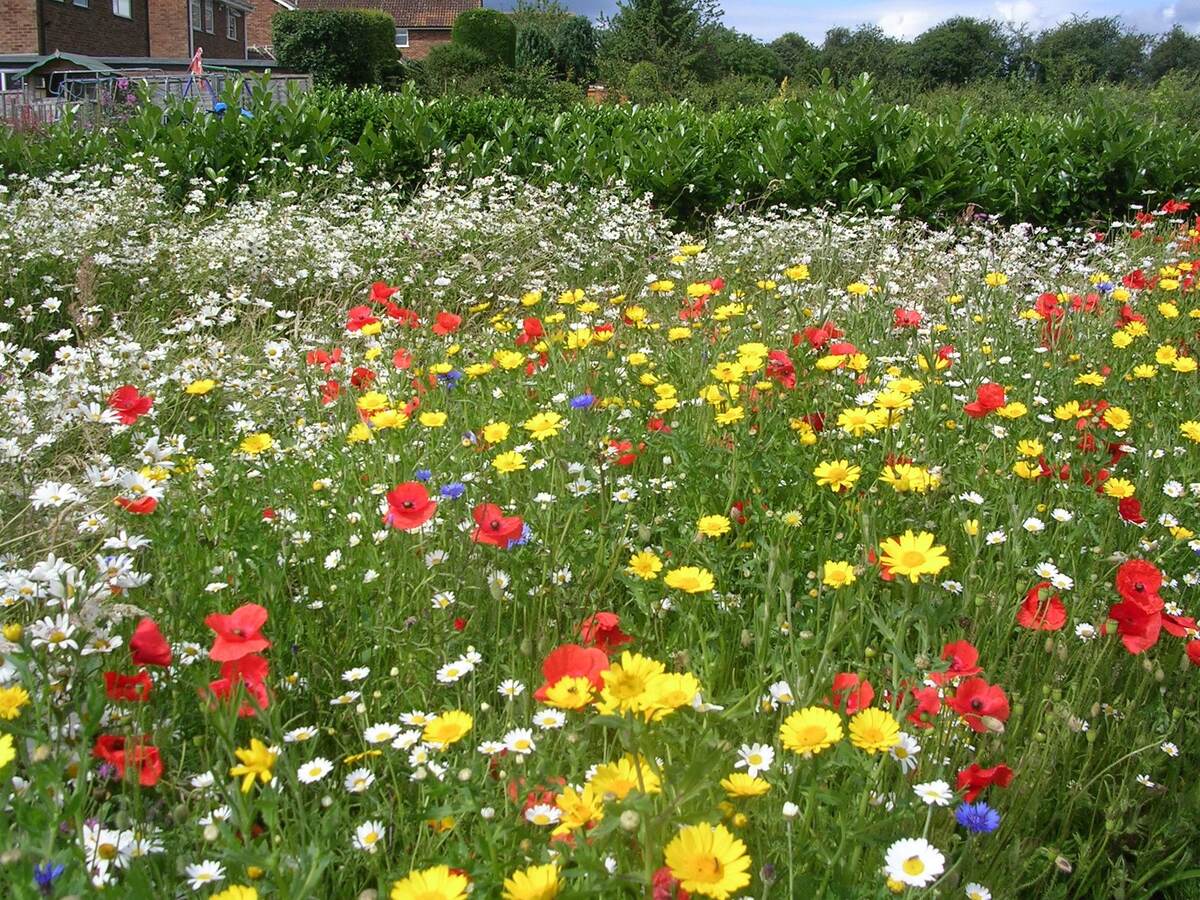
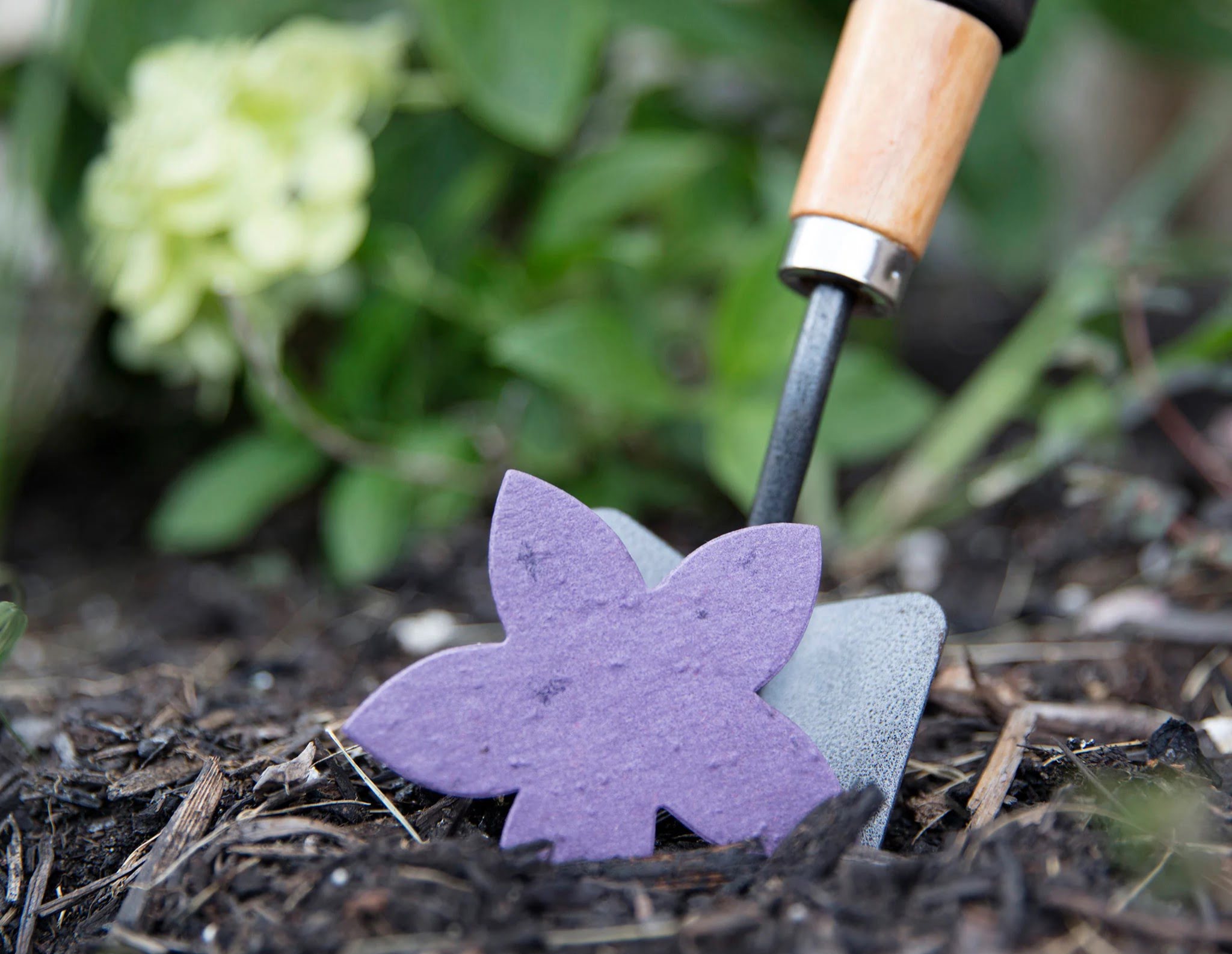
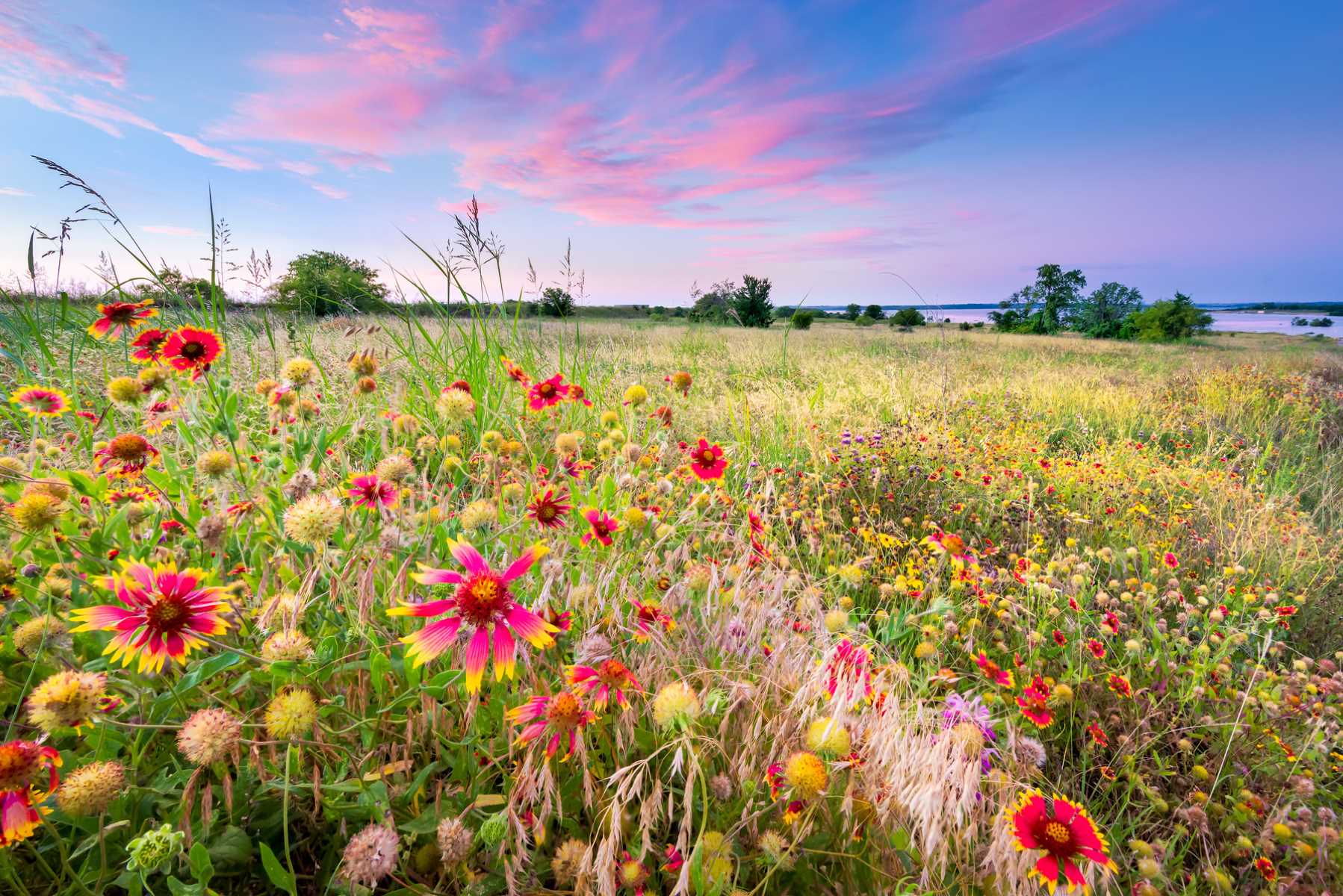
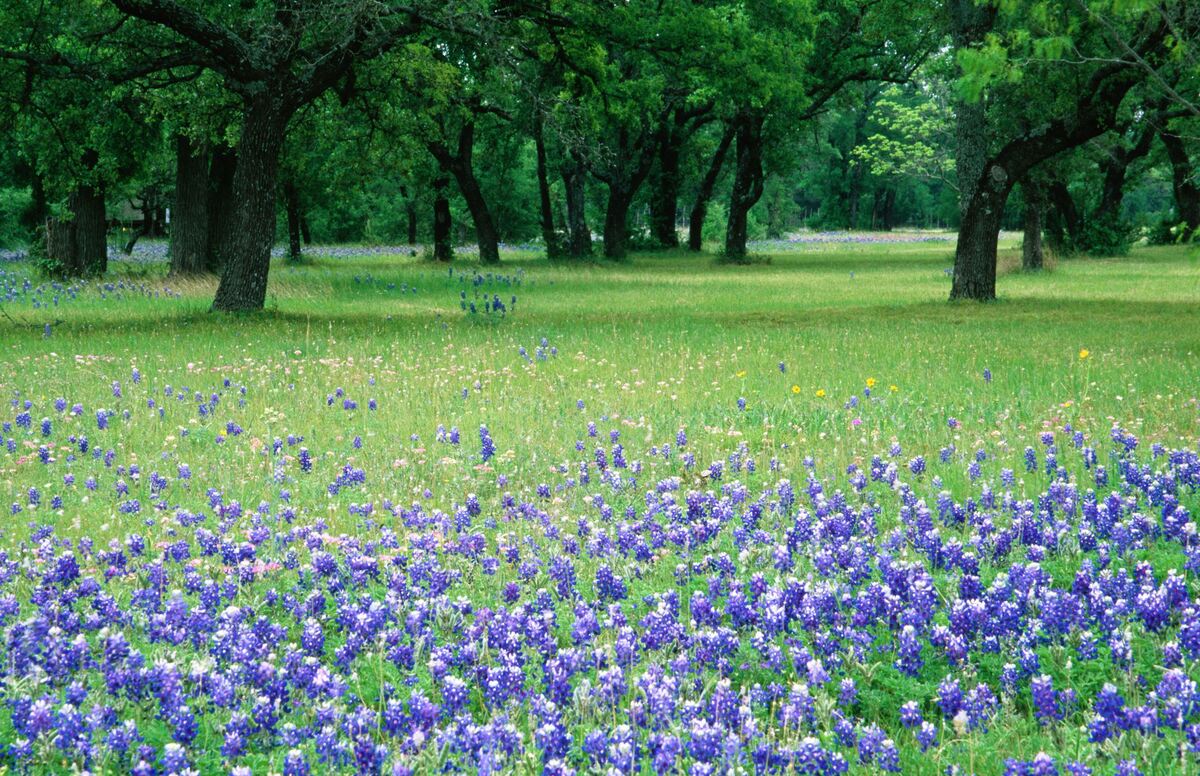
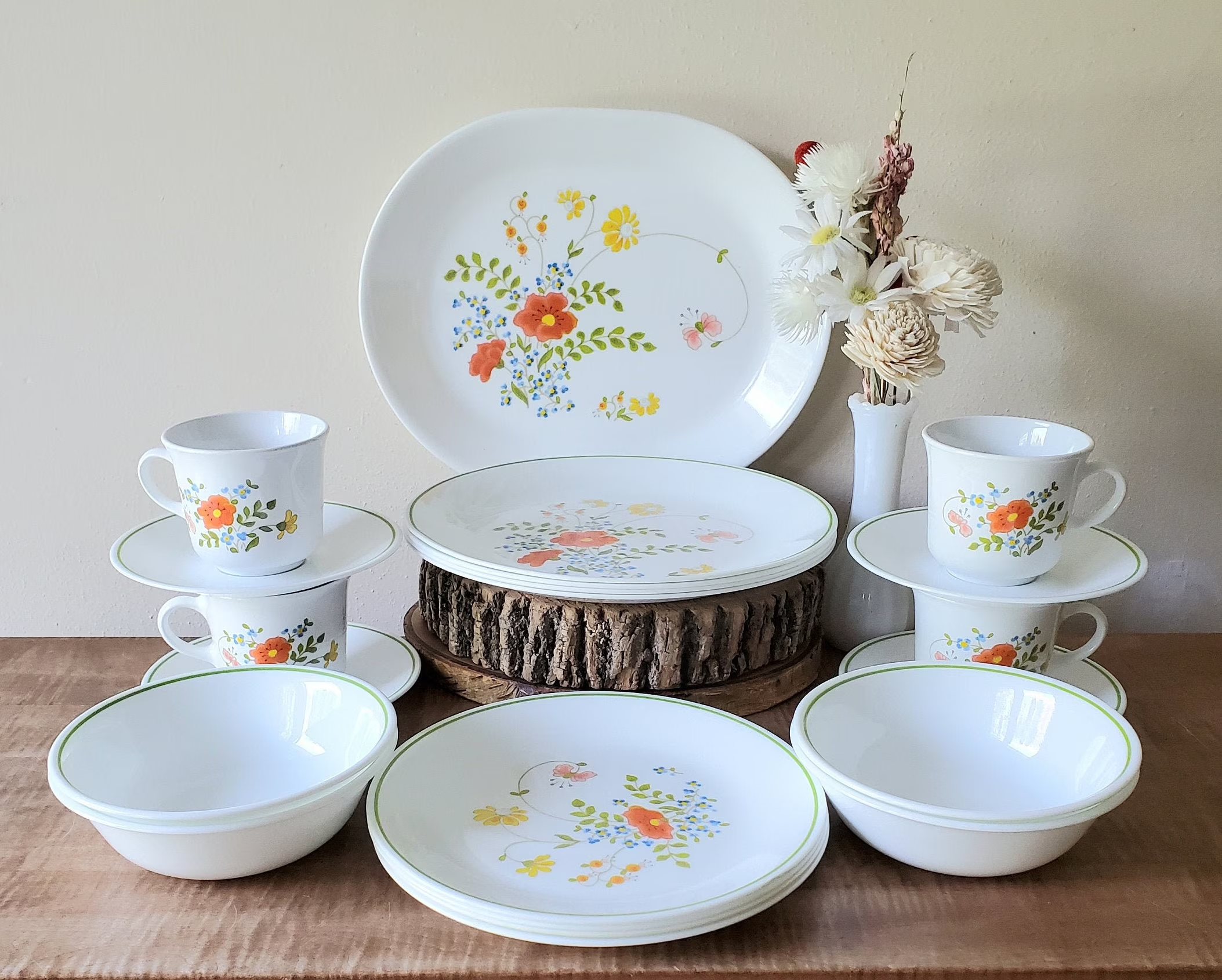
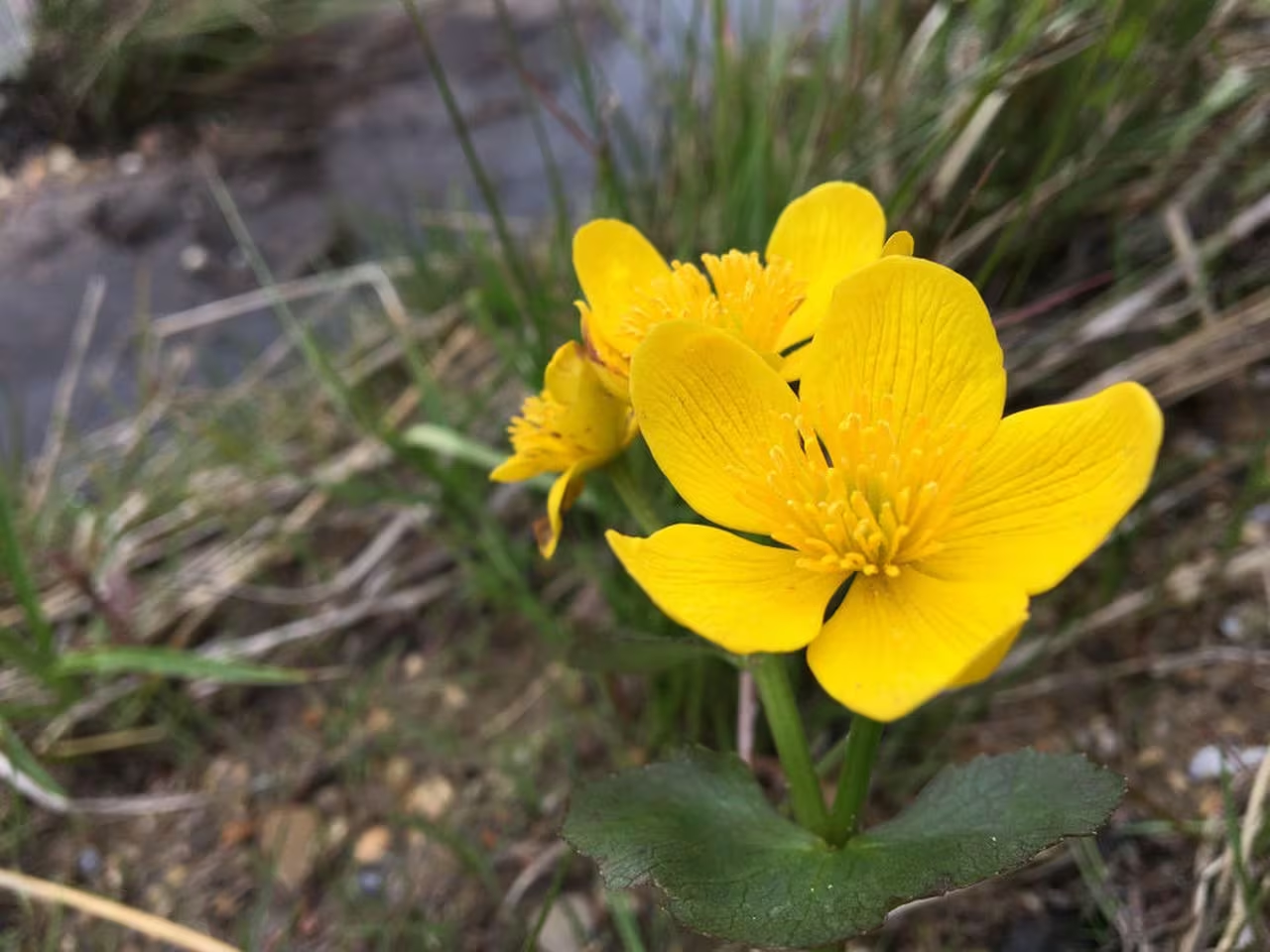
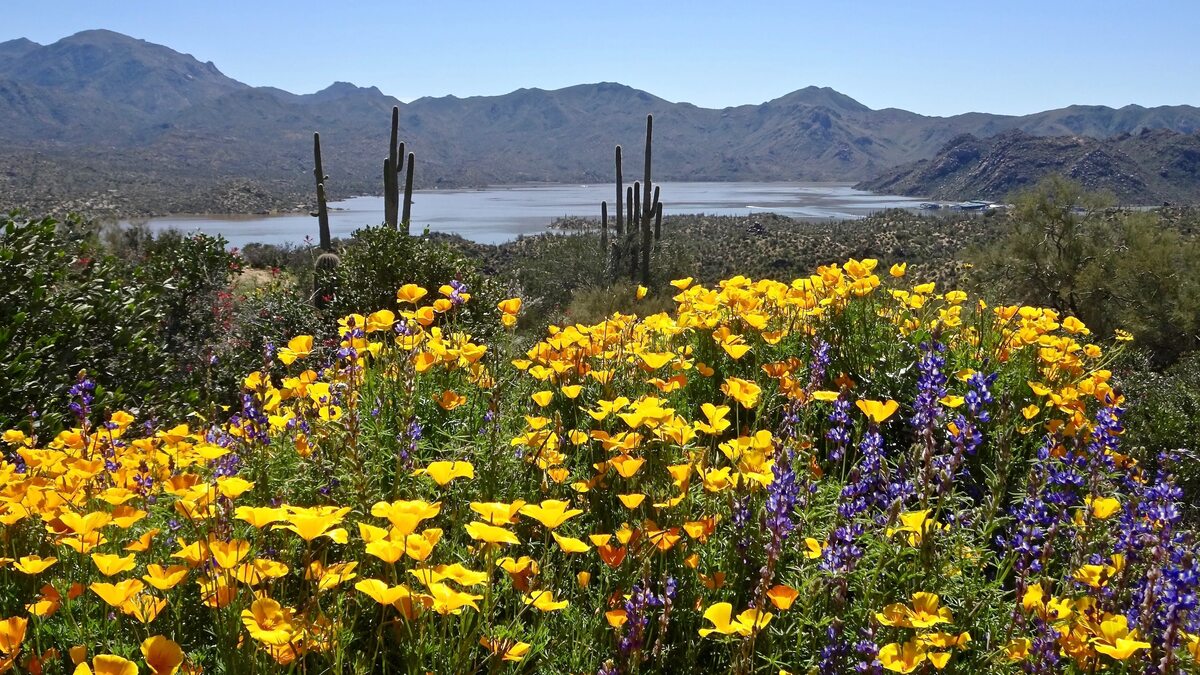
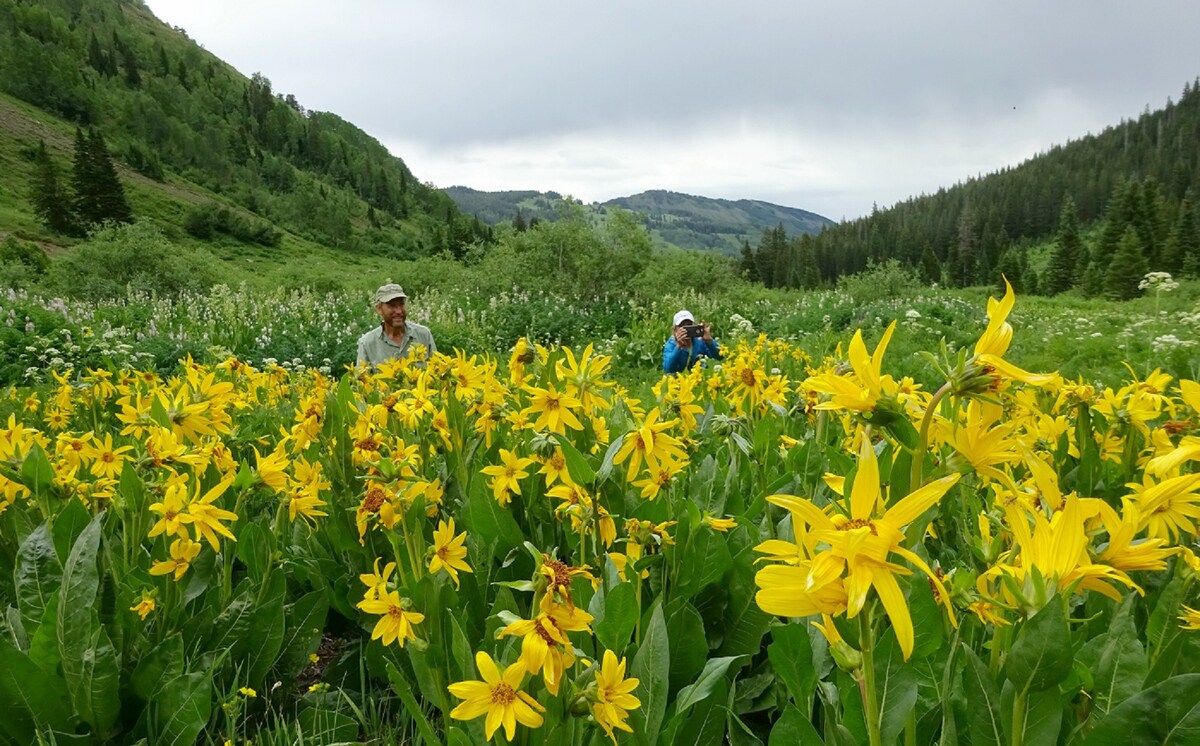
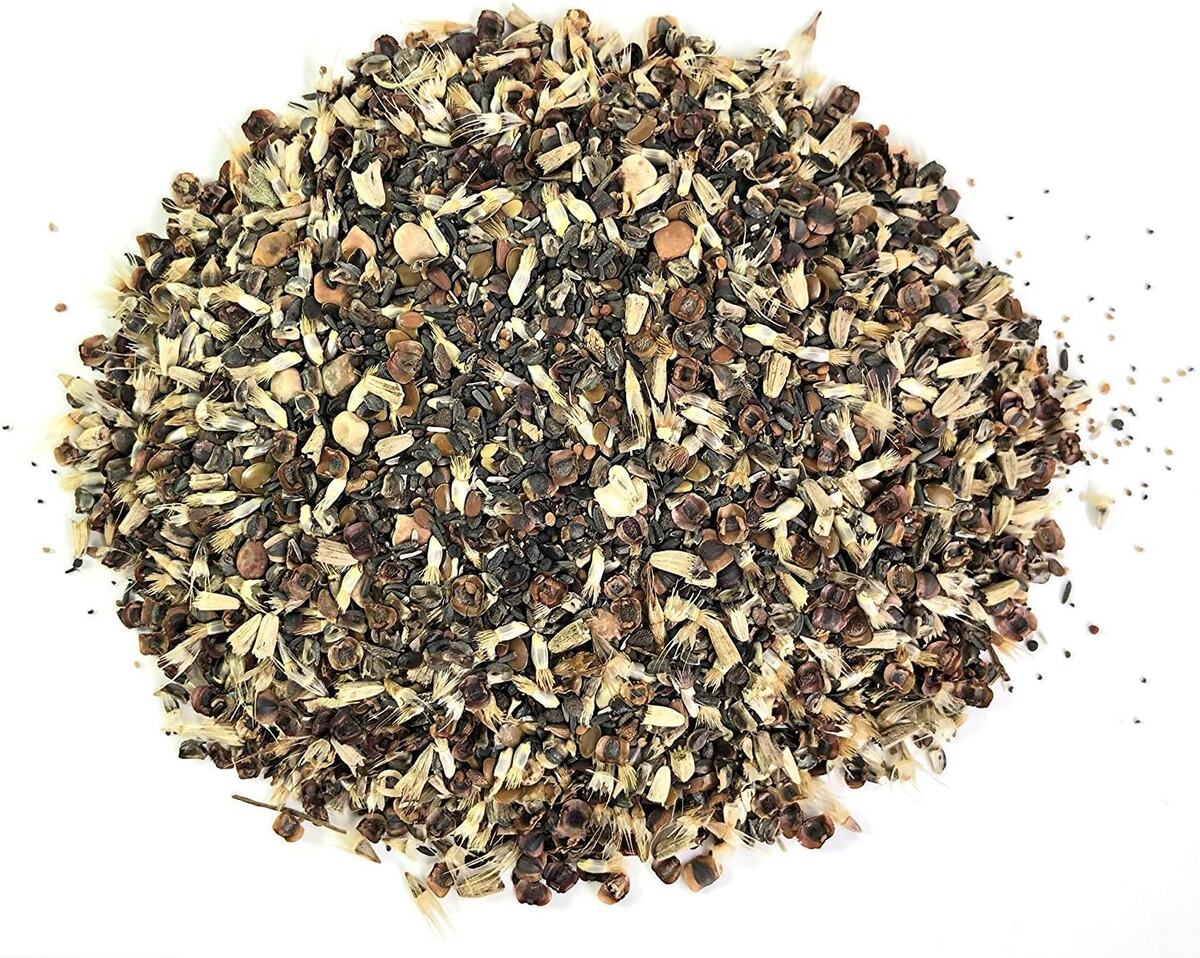
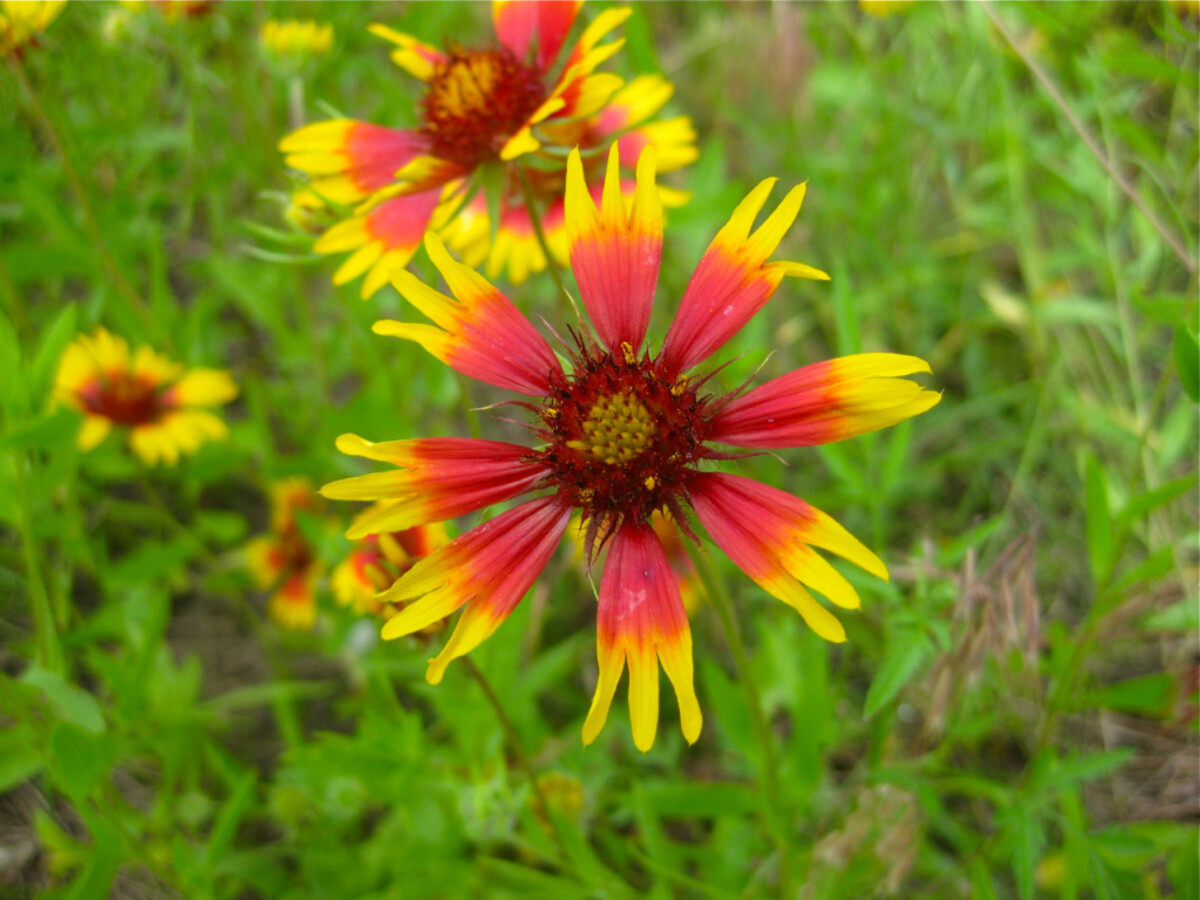
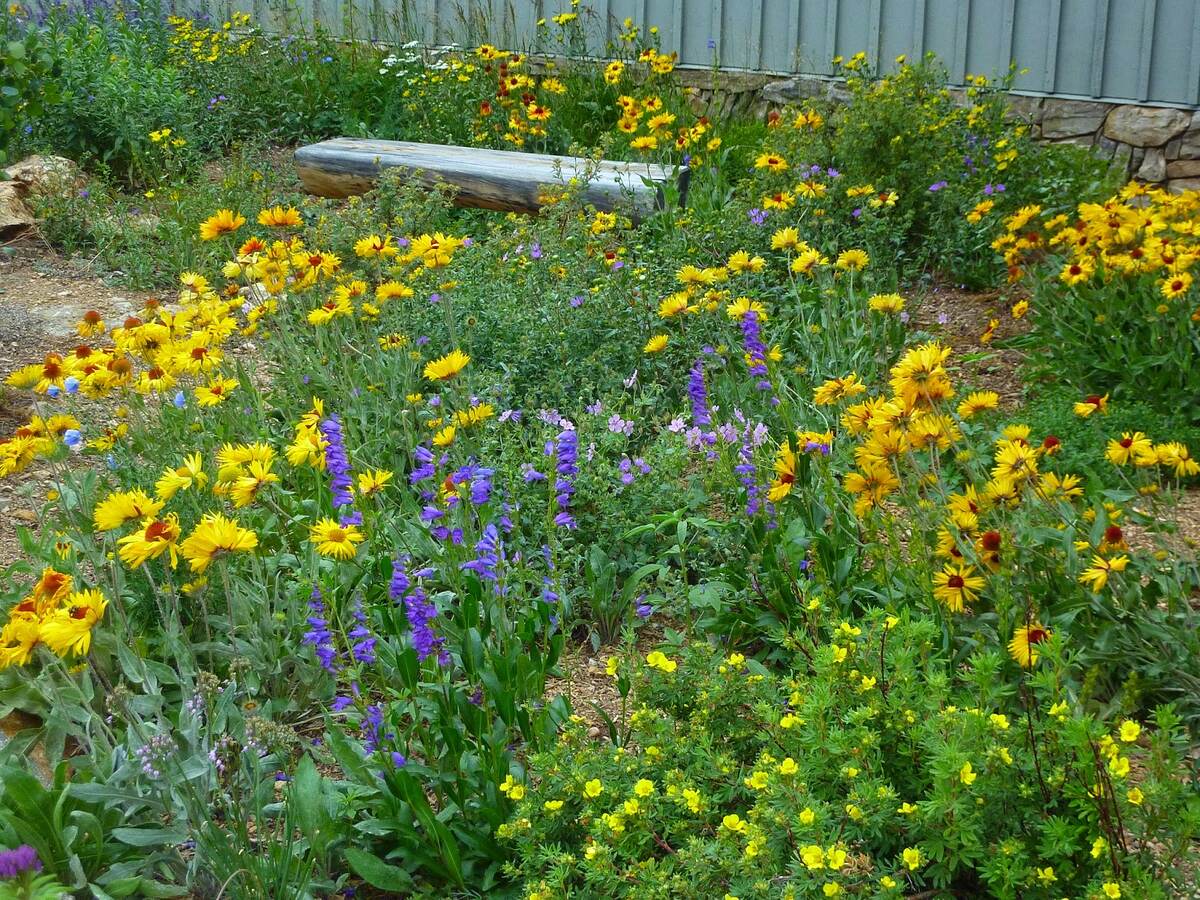

0 thoughts on “When To Seed Wildflowers”